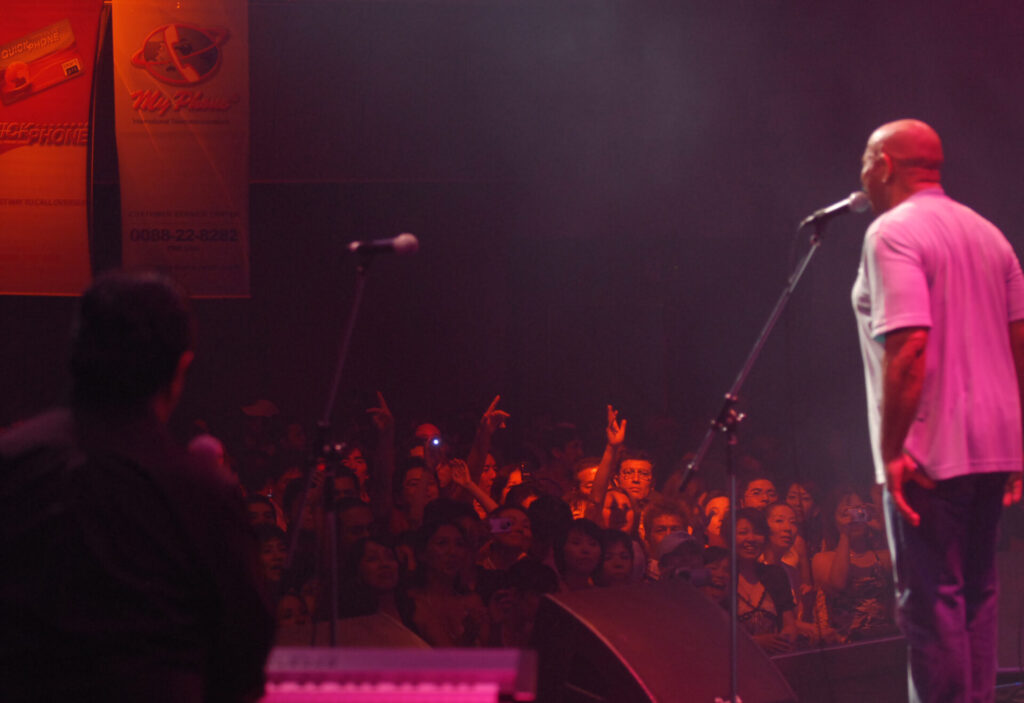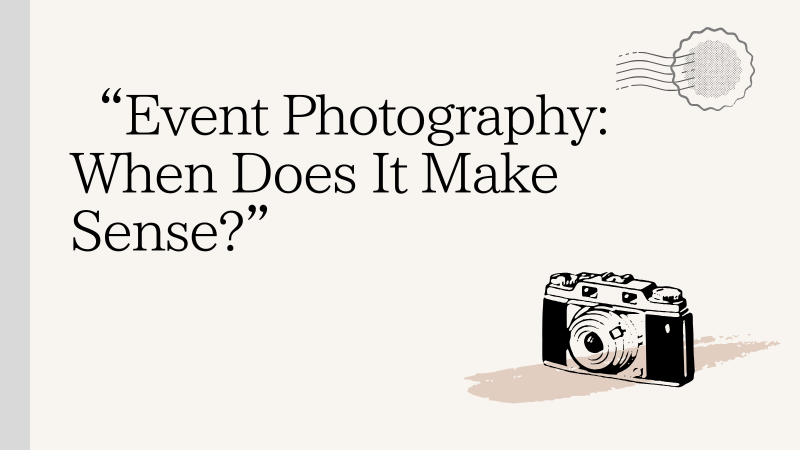“Do you really need event photography?” Have you ever thought that?
Smartphone cameras are becoming increasingly sophisticated, and nowadays anyone can take commemorative photos. So it’s natural to wonder, “Is it really necessary to hire a professional photographer?”
But in reality, the role of photography changes slightly depending on the client’s position and purpose.
1. Photography becomes easier when you “delegate” rather than “do it yourself”
Corporate and organizational events: When staff are rushing around and also need to “take photos,” important moments can be missed. Outsourcing allows you to capture everything objectively from a “third-party perspective.”
Individual hosting (recitals or small events): When you ask friends or family to take photos, they’re removed from the “enjoyment side.” Rather than bearing the responsibility of recording, it’s more satisfying for both hosts and guests when they can relax and enjoy, knowing the documentation is handled.
2. How is hiring a professional different?
Anyone can take photos that are “properly captured.” However, photos that clearly show facial expressions in dark venues, blur-free shots of dynamic scenes, and images that convey atmosphere require experience.
- For individuals: The difference between “asking a friend” and “hiring a professional” lies not just in quality, but in “peace of mind.” Avoiding the regret of “that moment wasn’t captured!” when looking back is significant.
- For corporations: You ensure “quality suitable for direct use in PR and media.” Professional quality that can withstand SNS posts, press releases, and sponsor reports can only be achieved by hiring professionals from the start.
3. What kind of photos are “useful later”?
- Individual hosting: Albums for memories, direct use for SNS and blog posts.
- Corporate/organizational: Promotional flyers for future events, sponsor report materials, company newsletters, and website content. The key point is that photographed images become “assets” that contribute to future activities.
4. Photography process and considerations
The process is simple: “Consultation → Day-of shooting → Data delivery.” That’s it.
However, confirming these points in advance provides peace of mind:
- Are there any photography restrictions or prohibited areas?
- Which scenes are “must-capture” moments?
- How much can the photographer move around? (Access to backstage vs. audience seating only)
Just a little coordination makes a big difference in day-of confidence.
5. Cost considerations
Finally, the most concerning aspect is cost.
- For individuals: The difference between “asking a friend” and “hiring a professional” lies not just in quality, but in “peace of mind.” Avoiding the regret of “that moment wasn’t captured!” when looking back is significant.
- For corporations: When considered as “materials usable for documentation and advertising,” cost-effectiveness becomes clearer. It’s efficient when event photos can be directly used without preparing separate advertising materials.
Summary
There’s no one right answer for event photography. There are situations where “smartphone photos are sufficient” and others where you’ll feel “glad we hired a professional.”
However, one thing is certain: photos don’t end with that moment alone. Beyond recording, they connect to memories and achievements—that’s what makes event photography fascinating.
This is particularly true for award ceremonies or commemorative speeches. Photos that can be shared afterwards or featured as accomplishments in presentations—you often don’t realize how much you needed them until later.
If you’d like to preserve your important events as ‘memories’ rather than just ‘records,’ please feel free to contact us. You can reach our inquiry form here.


